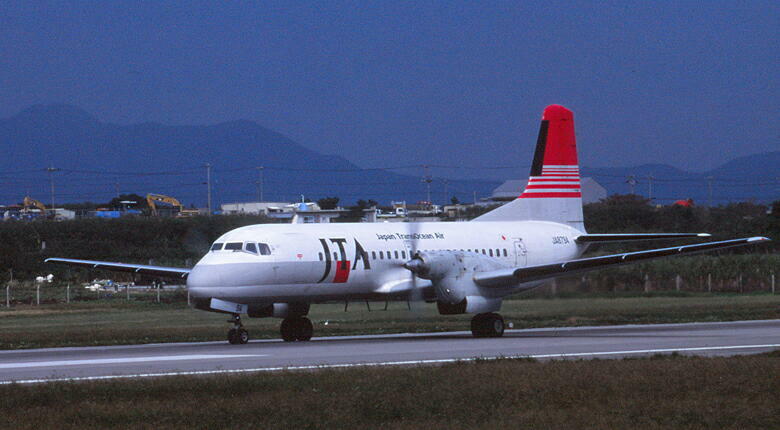
The NAMC YS-11 is a turboprop airliner designed and built by the Nihon Aircraft Manufacturing Corporation (NAMC), a Japanese consortium. It was the only post-war airliner to be wholly designed and manufactured in Japan until the development of the Mitsubishi SpaceJet during the 2010s, roughly 50 years later.
On the 30 August 1962, the first prototype performed its maiden flight. Deliveries commenced on 30 March 1965, and commercial operations began the following month. The majority of orders for the type were issued from various Japanese airlines. While sales to such customers were swift in the YS-11's initial years of availability, this limited market soon became saturated, leading to a slump in demand.
Production of the type came to an end in 1974 as a result of efforts to increase sales to international clients, including the creation of the better YS-11A variation. In the end, the YS-11 had shown that Japan was capable of building an airliner, but NAMC had racked up a huge debt, and the type is generally regarded as a commercial failure. Large numbers of the type continued to be in service until 2006, at which point tighter Japanese aircraft regulations imposed by the Ministry of Land, Infrastructure, Transport and Tourism necessitated either the withdrawal or refitting of all YS-11s. By 2018, only a single example reportedly remained in commercial service.
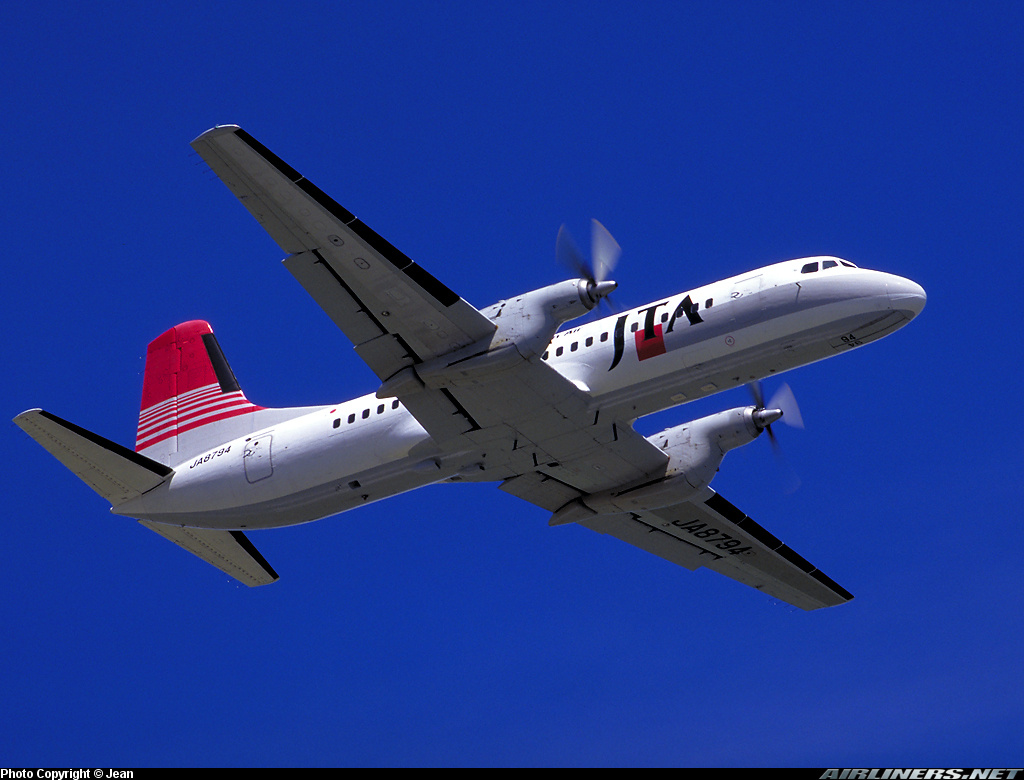
By 1994, 112 YS-11s remained in service; the lengthy service life of the type, despite the short manufacturing lifespan, has been hailed by some officials as evidence of the type being successful in some respect. The YS-11 was slowly phased out by Japanese airlines up until the early 2000s, at which point the withdrawal rate spiked in response to new directives issued by the Ministry of Land, Infrastructure, Transport and Tourism that required all commercial aircraft in Japan to be fitted with a Traffic Collision Avoidance System (TCAS); any aircraft lacking TCAS were forced to cease operations at the end of 2006. Reportedly, equipping a YS-11 with TCAS had been estimated as costing around ¥100 million (about US$1 million), such a refit was deemed economically unsound. Those aircraft that remained in a flight-worthy condition were typically sold to foreign companies. On 30 September 2006, Japan Air Commuter Flight 3806 marked the final flight of a YS-11 within Japan's commercial aviation industry.
Controls:
AG1: Navigation lights
AG2: Beacon lights
AG4: Reverse props
AG5: Landing lights
AG6: Open passenger doors
AG8: Nose gear light
VTOL: Flaps
Trim: Adjust trim
Credits to @AlmostMobileFriendly for the JAL fuselage text which I have modified to be JTA text
Blueprint used:

Specifications
Spotlights
- WinsWings 1.5 years ago
General Characteristics
- Created On Windows
- Wingspan 107.2ft (32.7m)
- Length 86.5ft (26.4m)
- Height 30.6ft (9.3m)
- Empty Weight N/A
- Loaded Weight 54,489lbs (24,715kg)
Performance
- Power/Weight Ratio 22.683
- Horse Power/Weight Ratio 0.321
- Wing Loading 18.2lbs/ft2 (88.9kg/m2)
- Wing Area 2,992.4ft2 (278.0m2)
- Drag Points 11699
Parts
- Number of Parts 336
- Control Surfaces 15
- Performance Cost 1,490

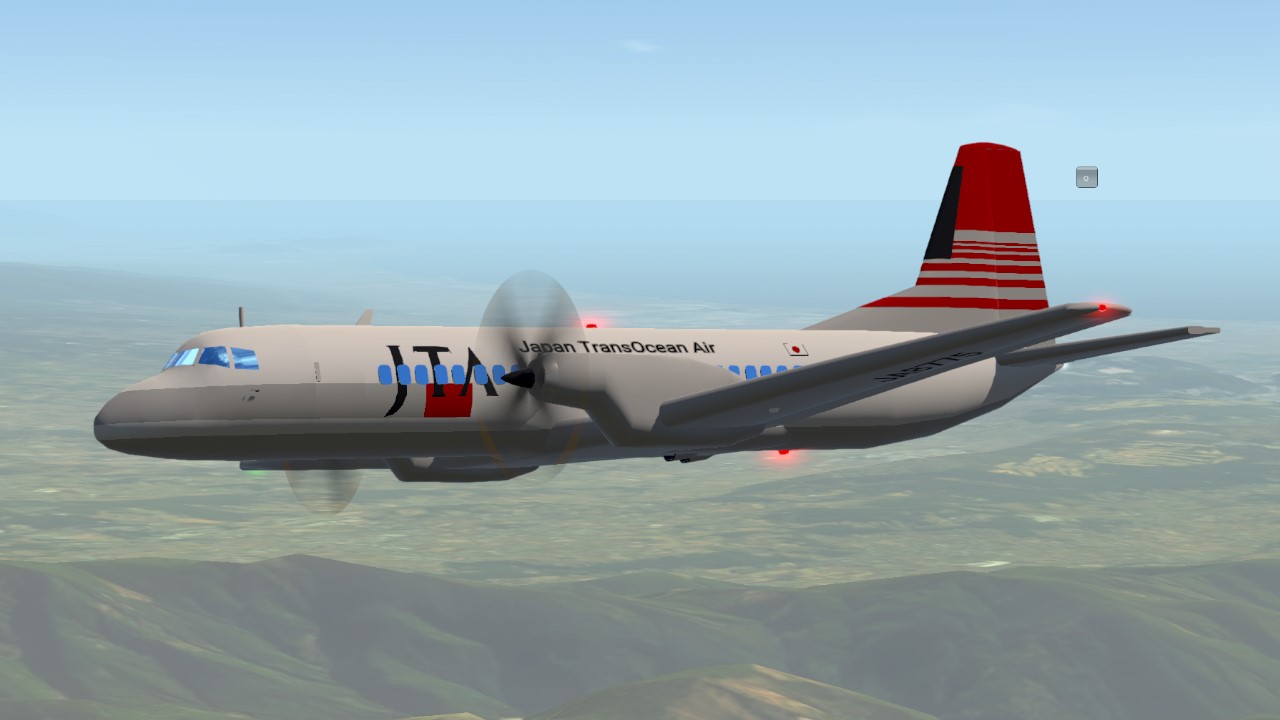
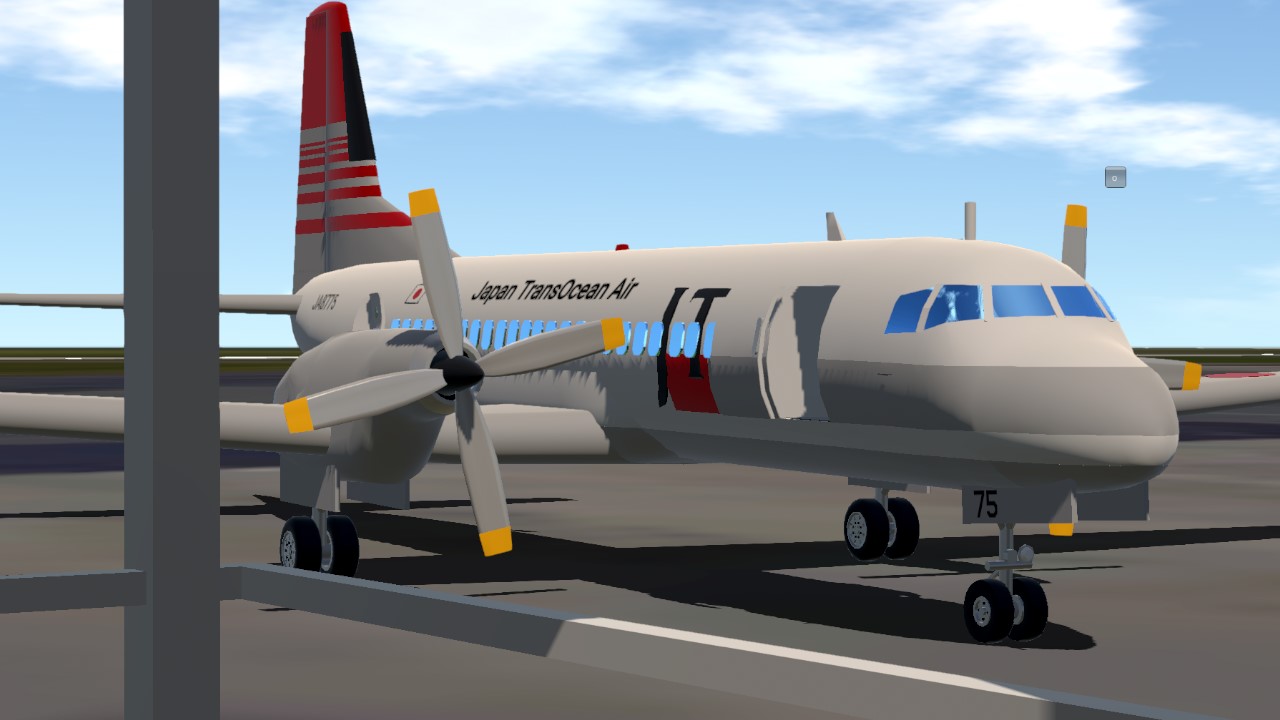
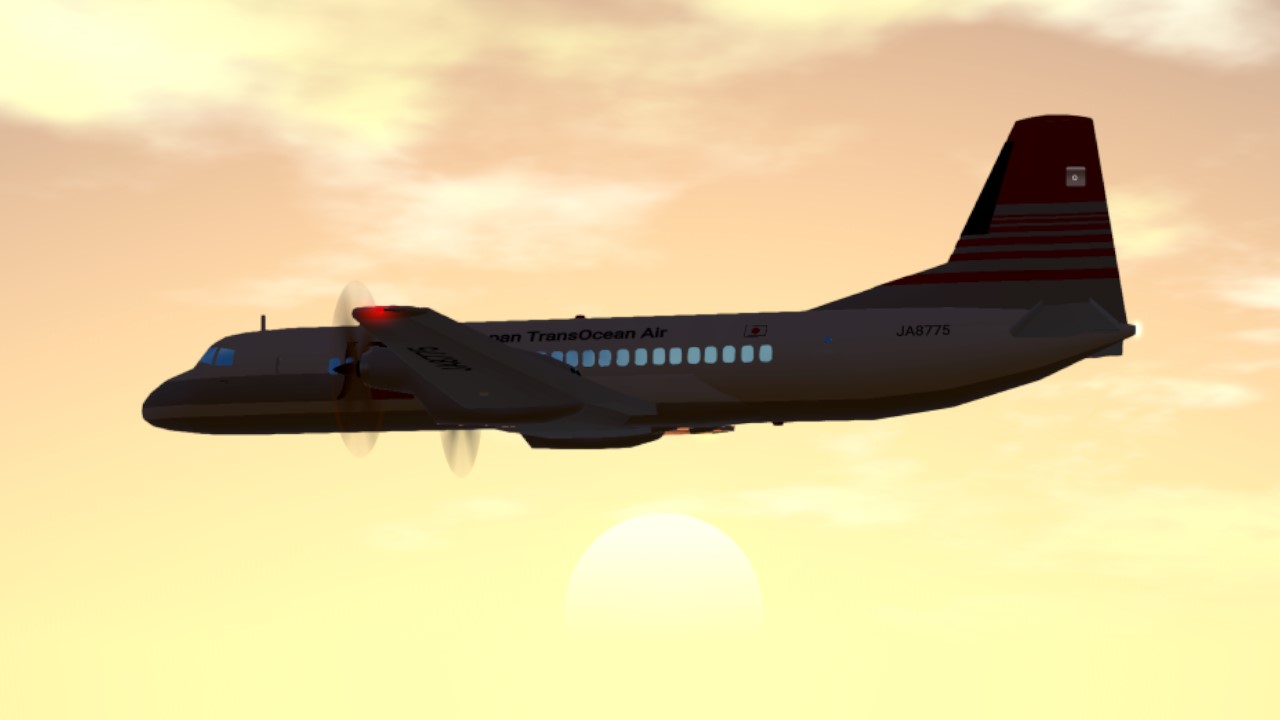
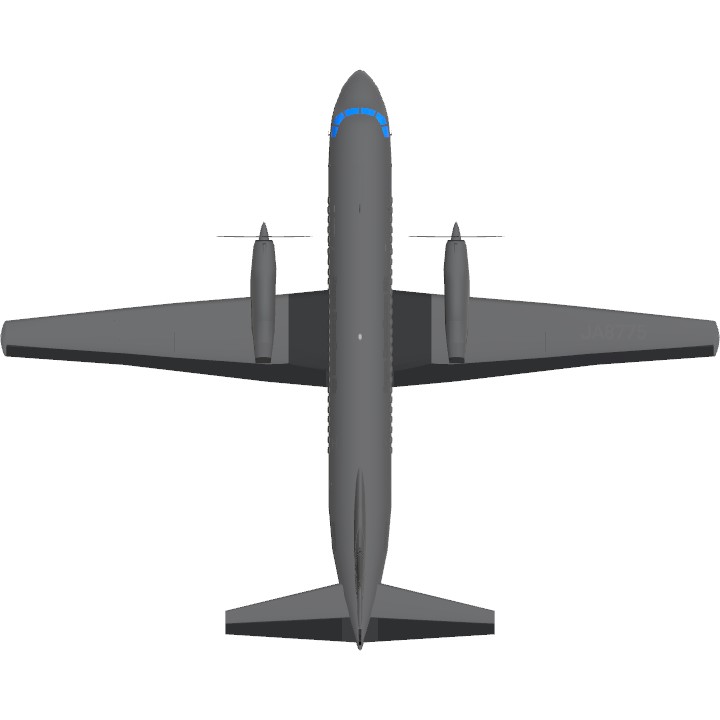
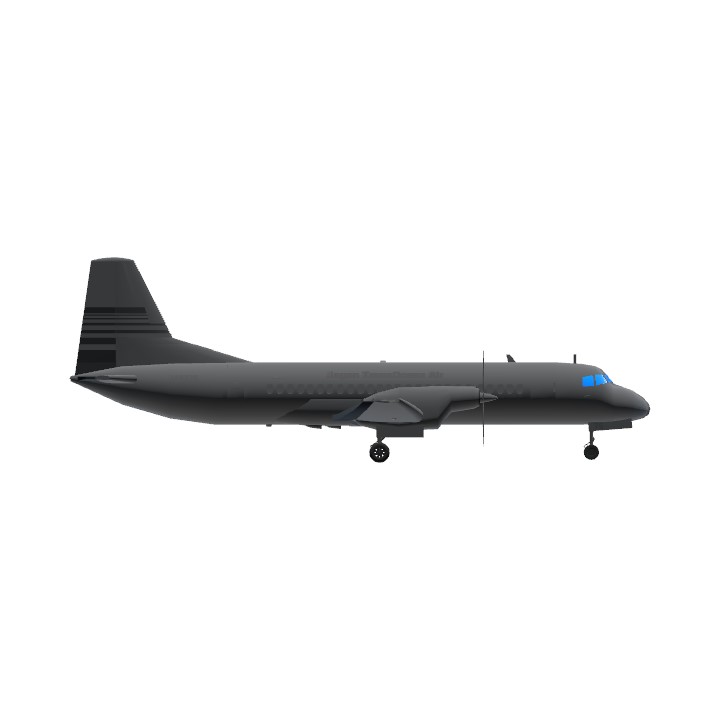
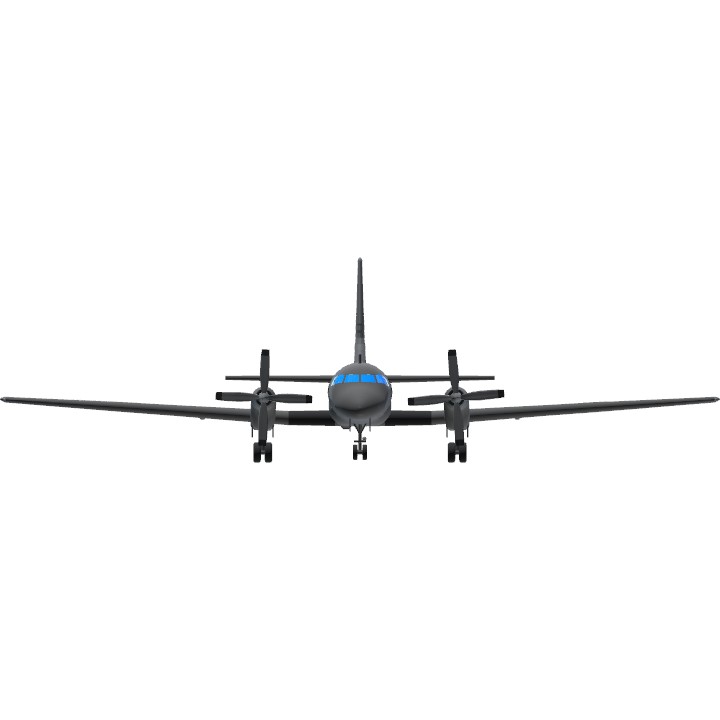
it wasn’t bad for what it was tbf
beautiful one
It's like a twin engine Electra
epic